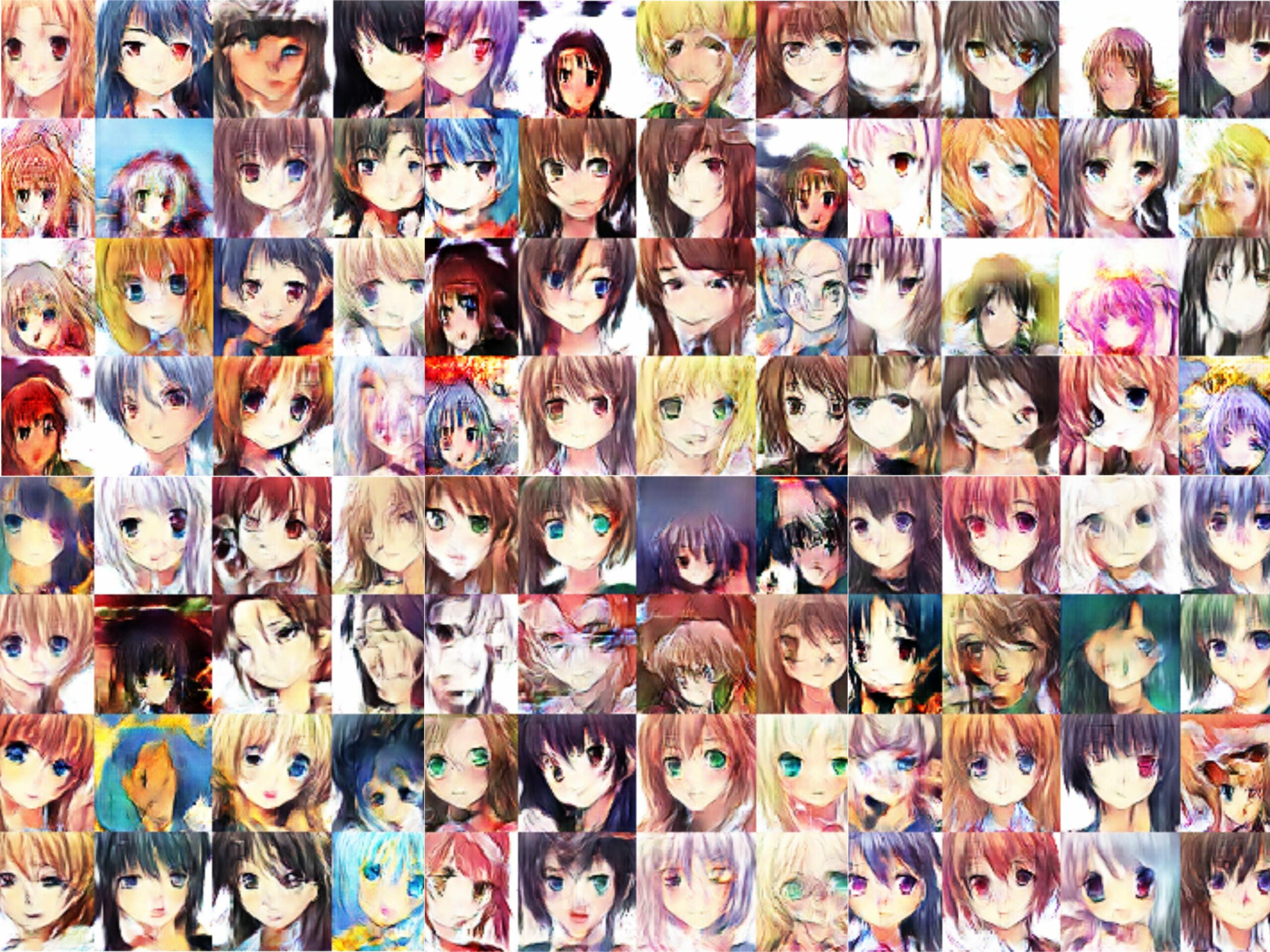Performance is the most important parameter in a mobile application—if it’s slow and/or buggy, then on the whole, it’s likely to be rejected by users. Then there’s a competitive factor. The better your app performs, the better the chances are for your app in the market.
Personally, I’d spend a couple of extra dollars for significantly better performance. Someone wise once said time is money, so let’s cut to the chase and look at how developers can optimize performance on Android.
Continue reading Increasing performance in an Android application








